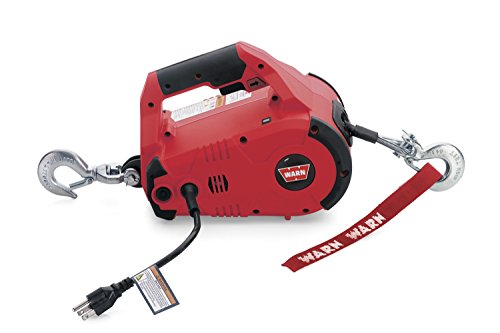- Joined
- Jun 9, 2012
- Messages
- 1,053
- Reaction score
- 3
- Location
- Centralia Illinois
- My Bike Models
- 1984 GL1200I
1988 GL1500
For the electrical gurus:
I'm replacing the 30yr old Honda Coil set with a Herko coil pack from 97-03 Chrysler Corp. It's about the same size but doesn't have the external resistor. Do I really need to use the Honda resistor with the new coil pack?
I understand the resistor is needed in cars where the ignition may be left on for extended periods without the engine running, but who leaves their Gold Wing ignition on when the motor is not running? Sounds like a quick trip to a dead battery, considering the small capacity of most cycle batteries.
I am replacing the old coil spark wires with graphite center wires unless advised otherwise by this forum.
Thanks in advance for your thoughts.
I'm replacing the 30yr old Honda Coil set with a Herko coil pack from 97-03 Chrysler Corp. It's about the same size but doesn't have the external resistor. Do I really need to use the Honda resistor with the new coil pack?
I understand the resistor is needed in cars where the ignition may be left on for extended periods without the engine running, but who leaves their Gold Wing ignition on when the motor is not running? Sounds like a quick trip to a dead battery, considering the small capacity of most cycle batteries.
I am replacing the old coil spark wires with graphite center wires unless advised otherwise by this forum.
Thanks in advance for your thoughts.



















































